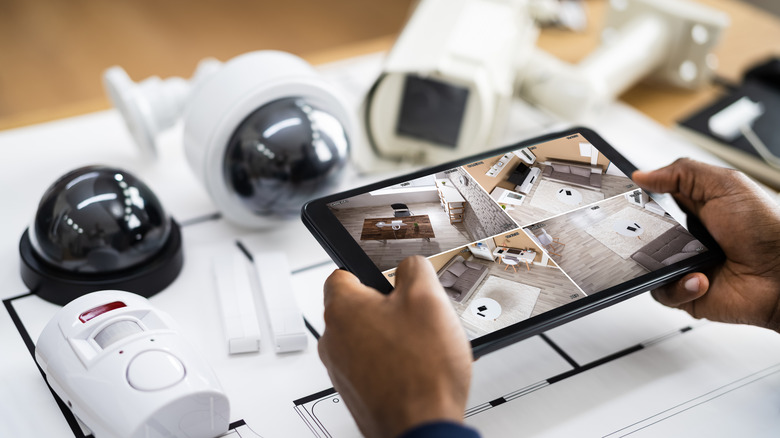CCTV Devices and Their Features
The CCTV devices are categorized by their features. These options may vary depending on the
consumer. These options can include the size of the monitor cctv Singapore, masking capabilities, shared
display options, underline features, color display, ease of operation, and more. Some devices
may have more features than others, and some of these features can be beneficial for some
users while others may not. Before you make a final decision, read the following article to gain a
better understanding of the different types of CCTV devices.

Twisted Pair
Twisted Pair CCTV devices are commonly used in home and business security systems. They
use twisted pair cable to connect outdoor cameras. Unshielded cable contains no shielding and
is primarily composed of a PVC compound as an outer protective sheath security cameras Singapore. Good shielding twisted
pair cable includes a common screen and additional screening, as well as an overall braiding,
which is located under the outer insulation layer.
The advantage of using twisted pair is that it can transmit signals over longer distances and
higher speeds than coaxial cable. To prevent signal loss, however, active equipment must be
used. Coaxial cables have many factors that can affect the signal attenuation coefficient,
including the quality of metal used, the cross-section of the conductor, and external temperature.
Electromagnetic interference can also affect the signal. To achieve the best signal transmission
range, twisted pair systems must include both transmitters and receivers.
Video Capture Card
Using a video capture card for a CCTV system is a cost-effective way to install video
surveillance systems without compromising on image quality. The card is designed to interface
with common computer and IT hardware and supports the latest in video security. New high-
resolution D1 and HD-SDI models are now available. The video capture card’s effective GUI and
powerful hardware support allow for optimal system performance. It’s also compatible with
different cameras.

Typically, these video capture cards are used for live streaming. The technology behind this
technology is the same that brings live streams to life. The video capture card is attached to the
computer and converts the video signals into digital formats. These images are then displayed
on the monitor in clear resolution. Some video capture cards even have a built-in web server.
With the hardware, a surveillance system can use four cameras and view images simultaneously
on one monitor.
On Screen Display
There are several reasons for an insufficient On Screen Display (OSD) from a security camera.
Sometimes, the image quality is simply not enough to decipher what’s being captured. If you’re
having trouble seeing the images, consider the following troubleshooting steps. First, check
whether the power and ports on the security camera are working properly. Double check to
make sure that both are. Next, make sure that the recorder has sufficient lights in front. In the
worst-case scenario, the display resolution may be too high or too low.
Power over Ethernet
PoE extenders allow you to connect multiple Ethernet devices to a single network. A PoE
extender is placed between the PD and PSE and can increase the distance by up to 100 meters.
Some PoE extenders have the ability to daisy chain multiple devices, so you can extend the
distance even further. Listed below are the advantages of PoE extenders. Read on to learn
more about these devices.
POE cables allow you to connect your cameras to your network without installing any additional
electrical wiring. They require only a network connection and the network cable itself provides
the electrical power. By eliminating the need for a dedicated electrical circuit, you can install a
powered device anywhere without the expense of hiring an electrician. And because POE
devices are not tethered to electrical outlets, they can easily be moved and replaced. This
technology also protects network equipment from overload, underpowering, or improper
installation.